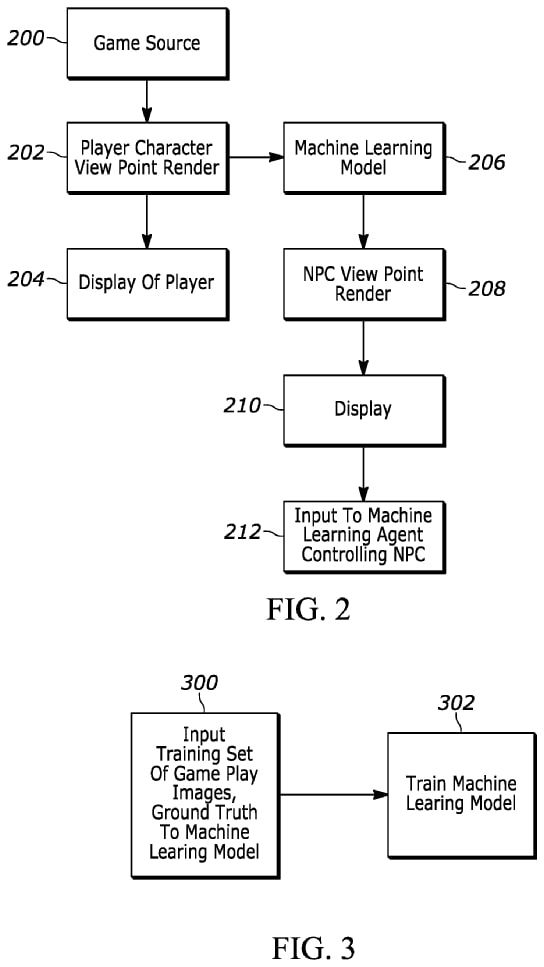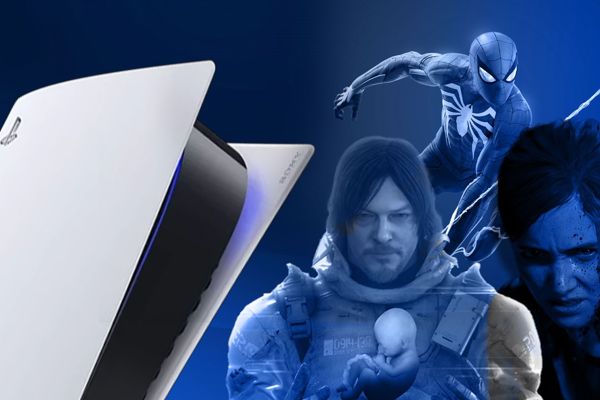
Sony's New Patent Reveals Machine Learning Software for NPC Characters in Video Games

A recently published patent reveals that Sony is working on new software that may help to improve the behavior of NPC characters in video games.
Introduction to Sony's Patent
A recently published patent reveals that Sony is working on new software that may help to improve the behavior of NPC characters in video games. According to the patent, Sony Interactive Entertainment is developing software that would use machine learning to enhance NPC movements and viewpoints in video games. This latest patent adds to the growing list of Sony's development projects, as multiple Sony patents published in recent months have showcased the company's efforts to innovate in gaming. As a giant in the technology and entertainment industries, Sony is a Japanese conglomerate with subsidiaries specializing in film, music, gaming, and more. Sony is well known as the parent company of the PlayStation gaming consoles, and patents continue to reveal Sony's efforts to improve video game functionality.
sony-npc-machine-learning-software-patent
The newly published Sony patent describes a system in which machine learning would adapt player inputs and viewpoints to improve the movement and perspective of non-playable characters in games. This innovation aims to enhance the current process of having NPCs solely controlled by AI utilizing a captured human play session. With the new system, NPCs would be controlled using data from both a captured session and from the live playable character. Essentially, rather than having NPC movements and perspectives strictly tied to developer input data, a machine learning system would improve the NPC by adding the player-controlled character's live movement and perspective data. Previous Sony patents relying on player input have been published, often with the goal of improving realism in video games. However, companies frequently file patents that never see implementation, so there is no guarantee this system will ever be utilized.
Details of the Patent
Based on Figures 2 and 3 of the Sony patent, machine learning software would receive data from the playable character's viewpoint, duplicate that information, create a copied display, and use that copy to train the AI that is controlling the NPC. This would work in tandem with the existing system of using a 'training set,' or developer human play session, to feed the machine learning model and AI. While similar implementations already exist, they often rely solely on the playable character's perspective. Instead, this software would use machine learning to adjust inputs for the NPC perspective, thus improving realism in AI-controlled movement.
For example, during escort missions in video games, NPCs often mirror player movements, such as jumping at the exact same time. With this new software, the NPC would only jump when their perspective shows they are in the same spot that the player character was when jumping. This could help to reduce cumbersome NPC movements during escort missions, such as NPCs failing to time a jump over a gap, and could add realism to spectator views on NPC characters. Whether this machine learning model will ever be implemented remains to be seen, but it does give fans a bit of insight into Sony's R&D efforts.
Implications and Conclusion
As patents from gaming companies continue to spark conversation among consumers, it is key to remember that patents, trademarks, and copyright filings are never an absolute guarantee that an idea will be brought to fruition. Many players choose to utilize these publications to get a general idea of what Sony and other companies may be working on. The newly published Sony patent provides a glimpse into the innovative developments taking place at Sony Interactive Entertainment, shedding light on the company's ongoing efforts to enhance the gaming experience through cutting-edge technology and software advancements.














